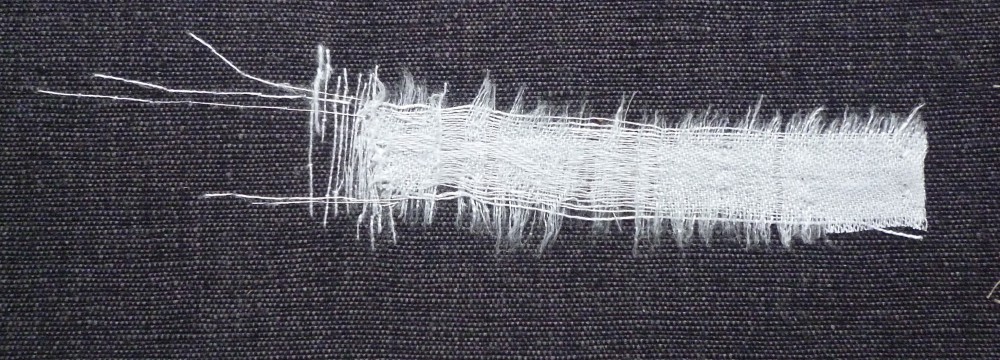I have been working with brighter greens as you know but the colours of this autumnal season are also lovely, particularily on a bright sunny windfree day. Last week we visited Dunkeld in Perthshire and I took these photographs at Polney, just up the road a little from the town of Dunkeld. My father was born and brought up in Dunkeld and the town and surrounding area is a beautiful part of Scotland. It is in Perthshire’s Big Tree country but with lots of interesting things to see and do, including the ospreys during the summer who nest nearby at Loch of the Lowes. The town and surrounding countryside is well worth a visit with many lovely walks.
Polney is very small but always has water lilies in the summer and during the winter when it used to freeze was popular with local people for ice skating and curling. My grandfather, who had been a keen curler, kept two ancient rock hewn curling stones at the back door of their house just down the road from Polney. I have a photograph of my father on the ice during a curling game and I can remember skating there too.





















